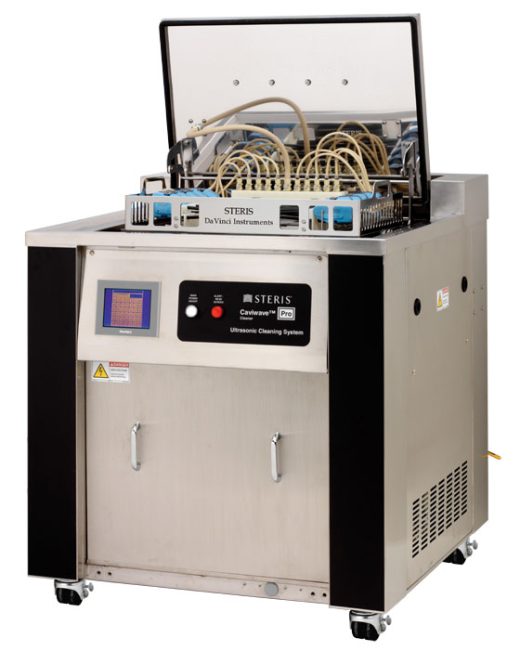Trusted Medical & Lab Equipment Services in South Carolina: Repairs, Maintenance, and Affordable Solutions
At Auxo Medical, we understand the critical role reliable medical and lab equipment plays in delivering exceptional patient care and maintaining efficient workflows. For healthcare facilities, laboratories, and clinics across South Carolina, equipment breakdowns, costly repairs, or outdated technology can disrupt operations and compromise safety. That’s why we’re proud to offer comprehensive medical equipment services—from expert repairs and preventative maintenance to affordable sales of new and refurbished equipment—all tailored to meet the unique needs of South Carolina’s healthcare providers.
Whether you’re in Columbia, Charleston, Florence, Myrtle Beach, or Savannah, our team is here to ensure your facility stays operational, compliant, and equipped with technology you can trust.
Why Choose Auxo Medical for Equipment Maintenance in South Carolina?
1. Expertise You Can Depend On
Our certified technicians are factory-trained to service major brands like Steris, GE Healthcare, Philips, Midmark, and Tuttnauer, covering everything from surgical tables and autoclaves to patient monitors and ventilators. With over 30 years of combined experience, we provide:
- Preventative maintenance plans to reduce unexpected breakdowns.
- 24/7 emergency repairs to minimize downtime.
- Compliance assurance with CDC, AAMI, and Joint Commission standards.
2. Cost-Effective Solutions for Every Budget
We specialize in extending the lifespan of your existing equipment through proactive care while offering high-quality refurbished devices at up to 50% off OEM prices. For facilities upgrading or replacing aging systems, our flexible financing and trade-in programs make it easier to modernize without overspending.
3. Local Service, Nationwide Support
Based in Richmond, VA, with a dedicated team serving South Carolina, we combine local responsiveness with the resources of a national provider. Whether you’re a rural clinic or a large hospital, we deliver the same fast, reliable service.
Our Comprehensive Services in South Carolina
Medical & Lab Equipment Repairs
From malfunctioning sterilizers to faulty patient monitors, our technicians diagnose and resolve issues quickly. We service:
- Biomedical Equipment: Patient monitors, ECG machines, ventilators, surgical lights, electrosurgical units.
- Sterile Processing Equipment: Autoclaves, large vertical sterilizers, washer-disinfectors, ultrasonic cleaners, steam generators.
- Surgical and Exam Equipment: OR tables, exam tables and chars, ultrasound machines, exam and OR suite lighting.
Common Repairs Include:
- Replacing worn door gaskets on autoclaves.
- Calibrating temperature sensors for sterilizers.
- Troubleshooting software errors in patient monitors.
- Repairing hydraulic systems in surgical tables.
Preventative Maintenance Plans
Proactive care is key to avoiding costly emergencies. Our maintenance programs include:
- Scheduled Inspections: Regular checks of pressure gauges, seals, and electrical systems.
- Performance Testing: Bowie-Dick tests for air removal, temperature mapping, and cycle validation.
- Detailed Reporting: Compliance documentation for audits and accreditation.
Trusted Source for New & Refurbished Equipment
Upgrade your facility with confidence using our rigorously inspected inventory:
- Refurbished Equipment: Fully restored autoclaves, sterilizers, and monitors with warranties.
- New Equipment: Cutting-edge technology from top brands at competitive pricing.
- Custom Upgrades: Retrofit older devices with modern features like touchscreen controls.
Explore our Medical Equipment Catalog to find devices tailored to your needs.

Serving South Carolina’s Healthcare Communities
We’re proud to support facilities across South Carolina, including:
- Columbia
- Charleston
- Florence
- Myrtle Beach
- Savannah, GA (and surrounding areas)
Not in our immediate service area? Contact us—we often coordinate solutions for regional clients!
Benefits of Partnering with Auxo Medical
Reduced Downtime, Enhanced Safety
Equipment failures risk patient safety and operational delays. Our rapid response team averages same-day repairs for critical issues, ensuring your workflows stay uninterrupted.
Compliance Made Simple
Regulatory audits are stress-free with our thorough documentation. We validate autoclave cycles, calibrate devices, and ensure adherence to NFPA 99 and AAMI standards.
Transparent Pricing & Savings
- No hidden fees: Upfront quotes for repairs and maintenance.
- 5% discount on equipment for service plan holders.
- Liquidation services: Maximize value when upgrading or closing facilities.
Loaner Equipment & Training
Need a temporary replacement? We provide loaner devices during repairs. Plus, our training programs empower your staff to operate equipment safely and efficiently.
How to Get Started with Auxo Medical
- Request a Quote: Submit your repair or maintenance needs.
- Explore Our Inventory: Browse new and refurbished equipment.
- Leverage Our Expertise: Schedule a design consultation with one of our equipment specialists.
Elevate Your Facility’s Performance with Auxo Medical
At Auxo Medical, we’re more than a service provider—we’re your partner in delivering safe, efficient healthcare. By choosing us, you gain:
- Reliability: Certified repairs and maintenance that keep equipment running longer.
- Affordability: Budget-friendly solutions without compromising quality.
- Peace of Mind: Compliance, safety, and support you can trust.
Ready to Optimize Your Equipment?
Contact Auxo Medical today by calling (888) 728-8448 to speak with our South Carolina team or fill out the form below for a maintenance or repair request in South Carolina.
Auxo Medical – Your Local Partner for Medical Equipment Excellence in South Carolina. Proudly serving Columbia, Charleston, Florence, Myrtle Beach, and beyond.

